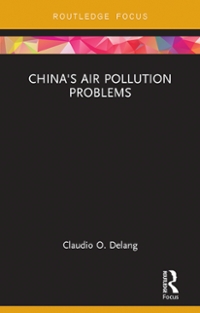This is a Ricardian Model exercise. Can you explain long d)? Especially cAn you explain why the vertical segment of the RS curve for wine shifts left? Thank you
74,7% QUESTION 1 Consider two countries, France and Vietnam, producing wine and textile products, using only labor as a factor of production. Assume that in France 2 units of labor are needed to produce I unit of wine and 2 units of labor are needed to produce 1 unit of textile. In Vietnam, instead, the unit labor requirements are, for wine and textile respectively, 8 and 2 units of labor. a) Determine absolute and comparative advantage in the case described. To produce wine, 2 units of labor are required in France and 8 in Vietnam: France has an absolute advantage in the production of wine, as the country is more efficient. IT produce textile the same number of units of labor are needed per unit of output, hence the two countries share the same productivity in this industry. The opportunity cost of wine in France is 2/2 = 1, while the opportunity cost of wine in Vietnam is 8/2=4. France has a comparative advantage in the production of wine, while Vietnam has a comparative advantage in the production of textile products b) Assume that the two countries can freely trade the two goods. Define the pattern of export and specialization and provide a range for the free trade price of wine relatively to textile. Why can you not be more precise, providing for example a number? Given free mobility of labor across industries, under autarky the relative price of wine is equal to its opportunity cost of production: hence it is lower in France than in Vietnam. With free trade, the relative price of wine will be between 1 and 4, i.e. between the two autarky prices: France will be completely specialized in the production of wine, as its relative price will be higher than its opportunity cost and will export this good. Vietnam will be specialized completely in the production of textile and will export it. To determine exactly the price, we need more information about the demand and the amount of labor in the two countries. c) Having in mind the Ricardian model of international trade, discuss the following statement: "Imports, not exports, are the purpose of trade. That is, what a country gains from trade is the ability to import things it wants. Exports are not an objective in and of themselves: the need to export is a burden that a country must bear because its import suppliers are crass enough to demand payment". Do you agree or do you disagree? Motivate your answer. I agree! Gains from trade arise from the fact that countries are able to import the comparative disadvantage good from a country that is relatively more efficient in its production. Exports are necessary to pay for imports and, as imports are cheaper than the same good produced within the country, consumers are able to consume richer bundles Assume that Vietnam increases its productivity in both industries: unit labor requirements become 4 and l in wine and textile, respectively. What happens to total welfare in Vietnam and France? Do the countries still gain from trade? In this case, the opportunity cost of wine (or textile) is exactly as before, however, Vietnam is more productive in all the industries. It is as if Vietnam is a larger country! Vietnam is for sure better off. However, since the country produces more, the vertical segment of the RS curve for wine shifts left, with an increase of the relative price of wine (or a decrease of the relative price of textile) on the international market. This means that France is better off, because of an improvement in terms of trade. On the other hand, Vietnam is better off because of growth, but the country gains less from trade compared to the previous situation because of the worsening of terms of trade. e) In recent years, we have observed all over the world a backlash against globalization. Can the Ricardian model help in explaining this? If yes, explain how. If no, explain how we can modify the model in order to provide an explanation to the observed phenomenon







